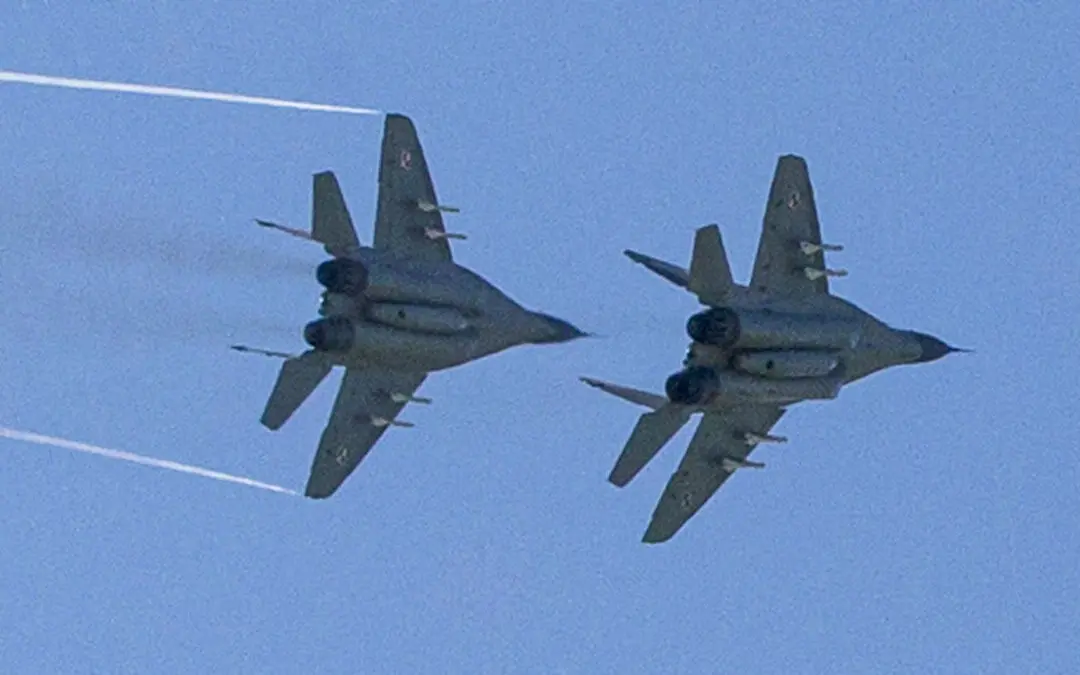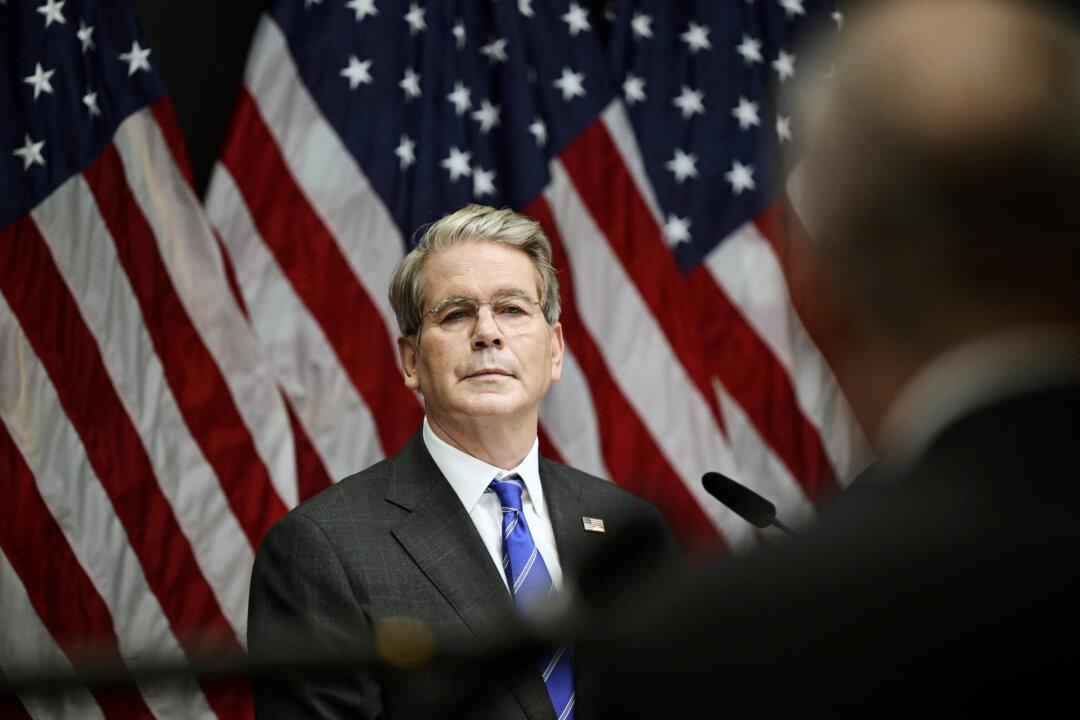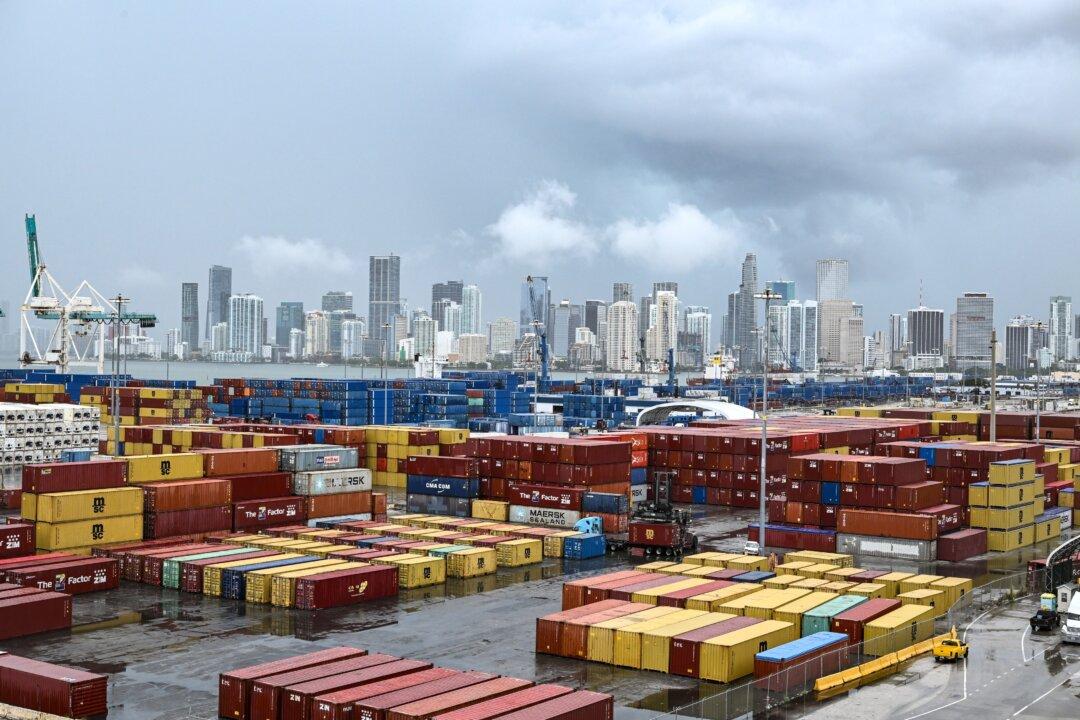Polish Prime Minister Mateusz Morawiecki said on March 9 that Poland is prepared to make its MiG-29 fighter jets available to Ukraine, but only via NATO as a whole, and not by Warsaw independently, as the move carries security risks.
Poland’s Russian-made MiG-29 fighter jets have the potential for quick deployment in Ukraine as its pilots are trained on this type of aircraft. Yet the move is fraught with risk, as Russia has warned it would consider any country offering the use of its airfields to planes carrying out strikes against Moscow’s forces as a party to the conflict.





